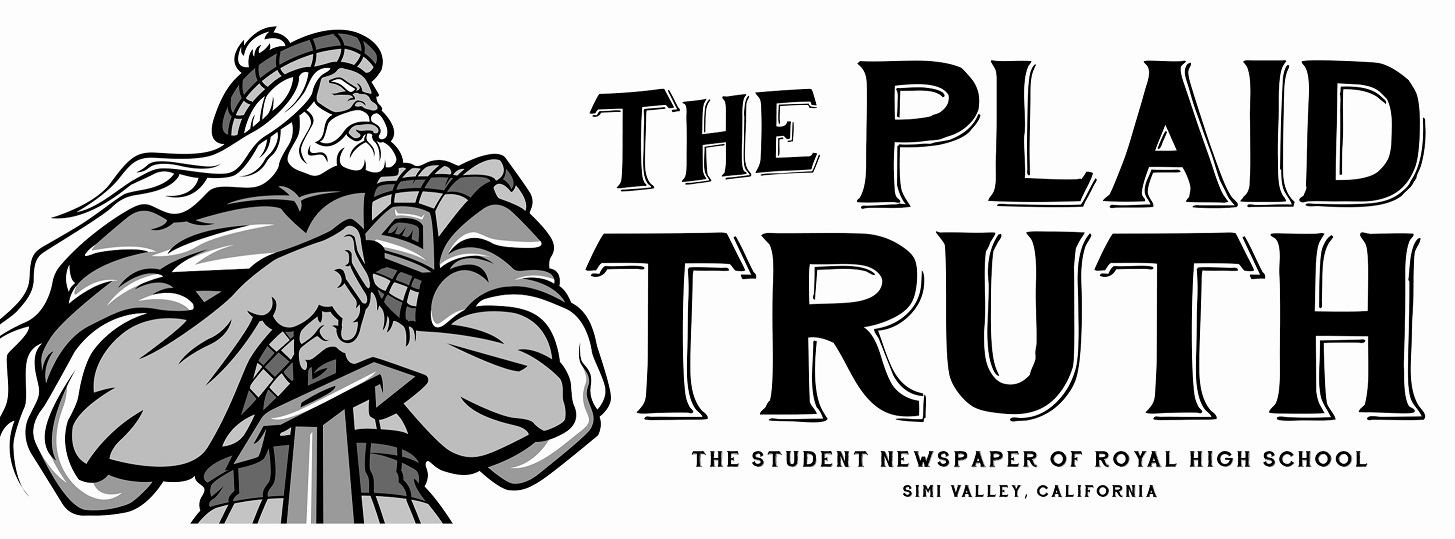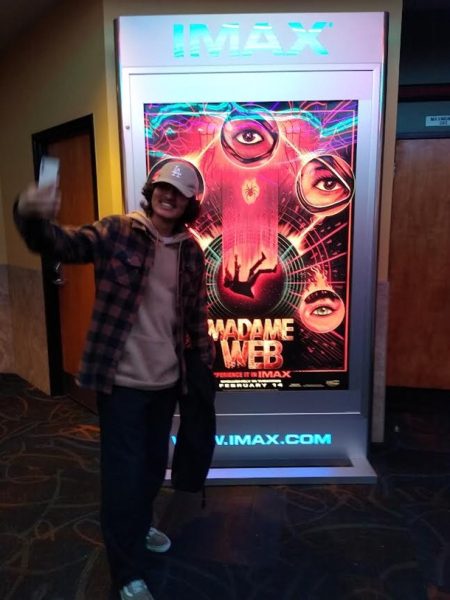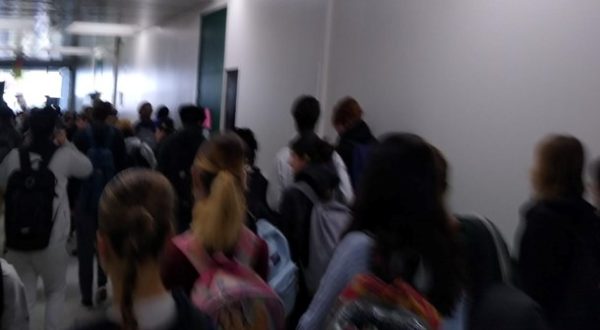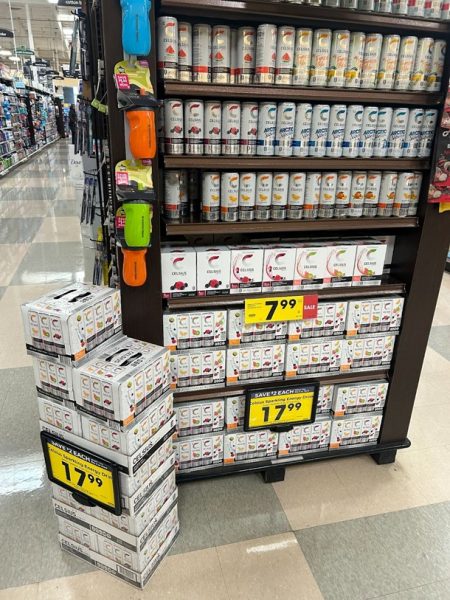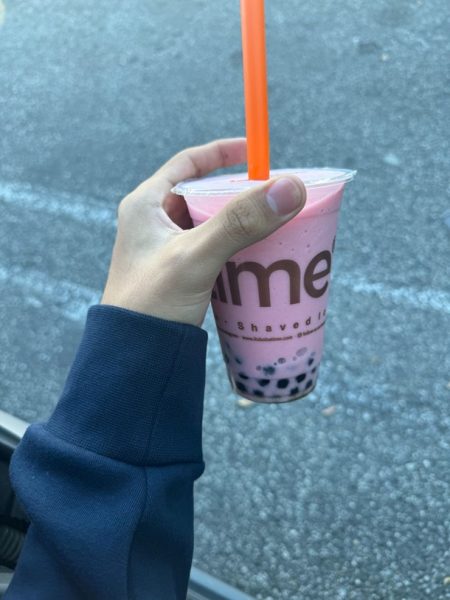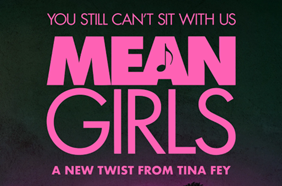The truth about Shein

Shein packaging creates plastic waste.
Shein is a clothing brand that has expanded rapidly over the last few years due to its extremely affordable prices with a great selection of clothing and accessories. As of 2021, Shein racked up a total of $15.7 billion dollars, which was a 60% increase from 2020, at 10 billion dollars.
Yet, despite trendy clothing and cheap prices, there’s a larger price to be paid every time a sale is made from Shein.
Hurting The Environment:
Like many other fast fashion shops, clothes by Shein seem lower in quality and not made to last. Trendy clothes are just that, a trend, so many pieces Shein produces have a short fashionable lifespan. Pieces often being cheaper means being made with synthetic fabrics such as polyester and nylon which do not decay or break down in landfills. Shein also seems to push out designs much faster than any other brand out there. Their own CMO Molly Miao has revealed that the company drops “700–1,000 new styles daily.” Combined with their ultra-low prices, Shein is able to influence its buyers to buy more and buy more frequently, worsening the issue of a global rise in textile waste with textile dyeing being the second largest source of river and lake pollution.
Lawsuit-worthy labor practices:
Fast fashion is notorious for using sweatshops which subject workers to long hours and even child labor. In October 2022, an undercover investigation from Channel 4 and The I newspaper in the UK revealed Shein workers work seven days a week, some getting a base salary of only $556 per month to make 500 pieces of clothing per day. In total, that means workers are only earning two cents per item of clothing produced. In June 2022, videos went viral on social media claiming that Shein employees were hiding messages in the clothes they produced. One such tag allegedly had “need your help” written within the care instructions. Shein responded to these claims in a TikTok video of its own, stating it’s all a big misunderstanding and that it has a “strict code of conduct for supplies, which forbids them to use forced labor.” It remains a mystery what the code of conduct is.
Senior Angel Ventura used to shop on Shein and has now turned to more sustainable options. “Shein has a gross background and every time I used to order I would feel guilty, so I started going thrifting locally, and buying from small businesses such as Tunnel Vision or Skydance that create clothing without the use of sweatshops and poor labor,” Ventura said when asked about alternatives to Shein.

